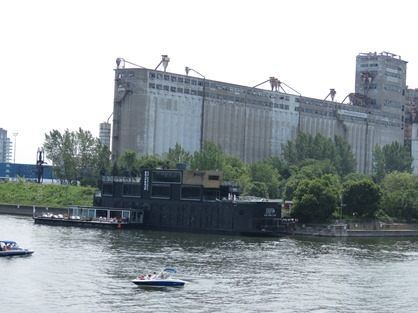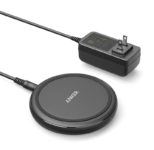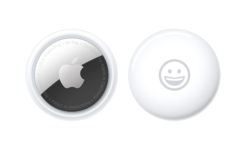
Old Memories: Save Early, Save Often
A computer crash can be devastating – unless you’ve stored stuff elsewhere
Old Memories: Computers are not invulnerable. They lose things just like the rest of us. The best way to prevent file loss is to copy any important data onto removable storage media – a fancy way of saying you’re backing stuff up on something other than your hard disk. What should you use to make back-up copies? There’s no lack of choices, from optical disks and CD-ROM drives to iCloud or any other service which offers back-up options. Some years ago people used floppy disks, tape drives and so on. So let’s talk history to remind you about these various alternatives already forgotten:
Floppy disks: Fifteen years ago, floppy disks were the most common back-up medium. If a user was just backing up a single PC, they were generally the best. A floppy stored a lot less data than a hard disk (between 360 KB to 1.4 MB). They cost a dollar or less each. In the beginning, 5 1/4 –inch floppies were the standard. Later, however, 3 1/2 – inch floppies became far more popular. If people were working with databases or massive graphics files, they would need a bunch of floppies to back up everything.
Cartridges: Usually called Bernoulli or Syquest drives after the two biggest manufacturers, these were basically hard disks enclosed in hard plastic cases. They fit into their own external drive, which didn’t come with most computers, so a user had to buy one. These disks could hold up to 105 MB. They cost between $75 and $100 dollars. However, they were far too slow to use as primary storage medium.
CD-ROM: Their look just like the compact disks people played on their stereo, caused stress. And they worked like compact disks, too. CD-ROM stands for Compat-Disk, Read-Only Memory, which means that, although you can call up files on this medium, you can’t copy anything onto it. CD-ROM disk could store graphic libraries, multimedia programs, large databases. It could hold other programs that take up a lot of space. Usually they could store up to 680 MB of data in the first years of their existence, enough to hold the complete contents of an encyclopedia.
Tape Cartridges: These looked like audio cassettes tapes and worked basically in the same way. It was not practical, however. To use type cartridges as your primary storage medium, because you had to search data just like in audio cassettes – it took too long to locate just the track you needed. For complete back-ups and archives, though, they were great. And they were also cheap – about $20 for a 220 MB cartridge. You had to look for QIC80 standard.
Optical Disks: Optical disks store more information than all of the above – up to a gigabyte (1,000 MB), depending on the model. But they were much slower than hard drives or floppies, at the time. That made optical disks great for long-term storage but inappropriate as a primary storage device.
See also:
- Apple Encyclopedia: all information about company, products, electronic devices, operating systems and apps from iGotOffer experts.
- Best place to sell your used electronics online. Free shipping. Top cash guaranteed.






Facebook
Twitter
RSS